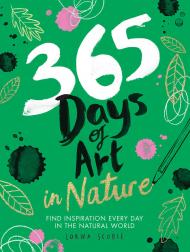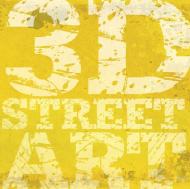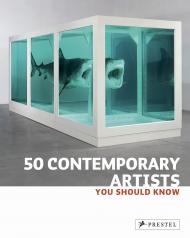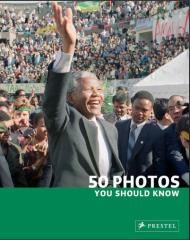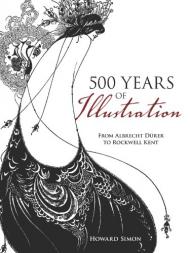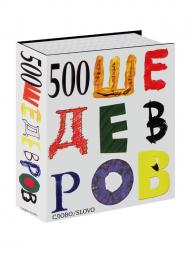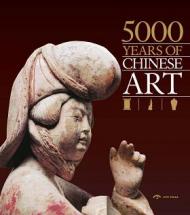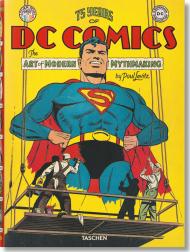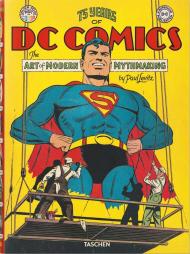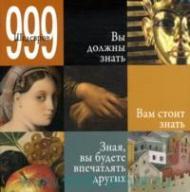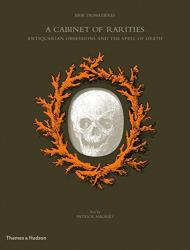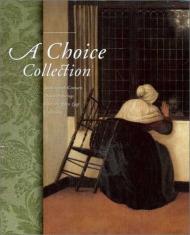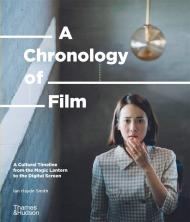In 365 Days of Art in Nature, Lorna Scobie, invites the reader to take a closer look at the natural world - whether that’s outside on location, or inside their own home - reminding us all that regardless of whether we live in the city or the countryside, wildlife is just on our doorstep.
Observe the slow, constant pace of the nature that surrounds you every day, and use it to inspire you in your art and creativity. Activities may include visiting a particular tree, four times in the year and drawing it. How has it changed? Study the colours you find in autumn leaves. Explore drawing them in different materials.
Featuring nature-inspired quotes, breakaway activities to get you outdoors and plenty of supportive prompts and tips, this book will spark your imagination and help you to open your eyes and appreciate the natural beauty in our world.
About the Author:
Lorna Scobie is a London-based illustrator and designer of cheeky characters and critters.
